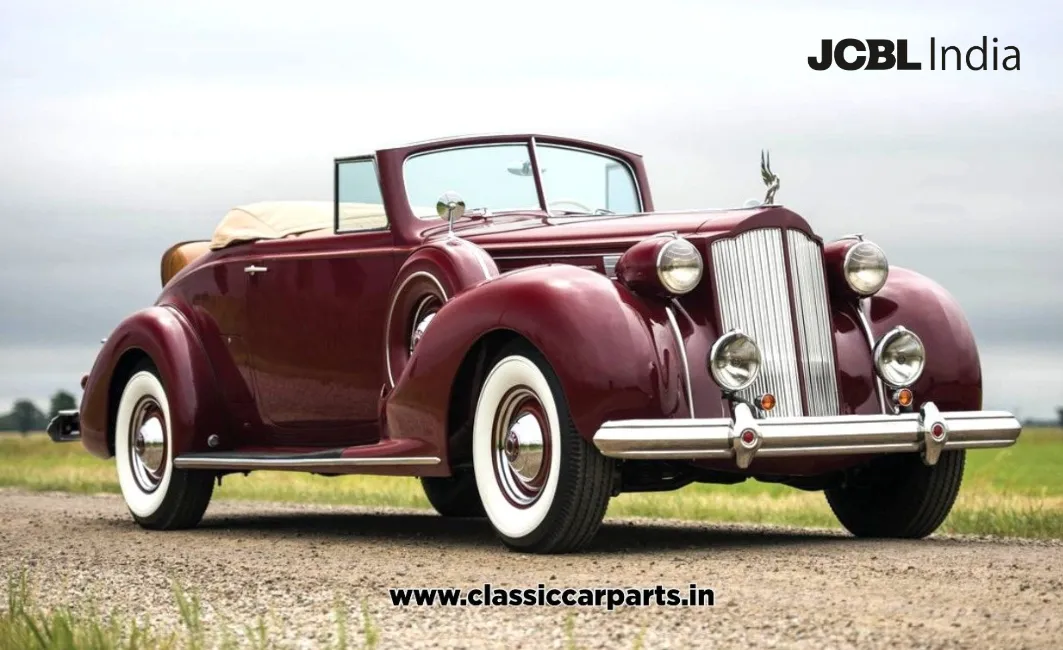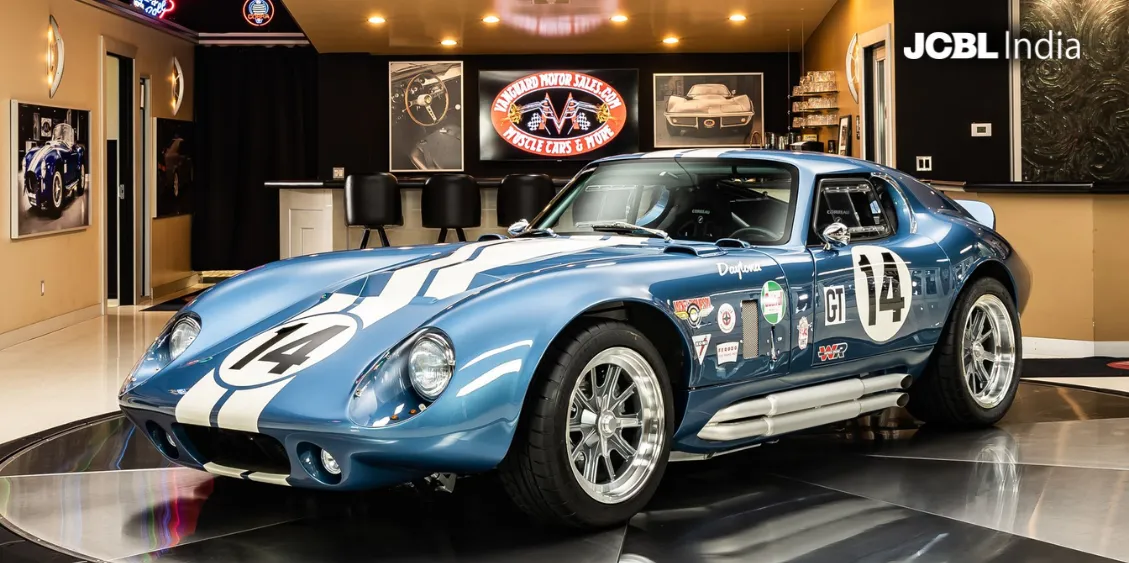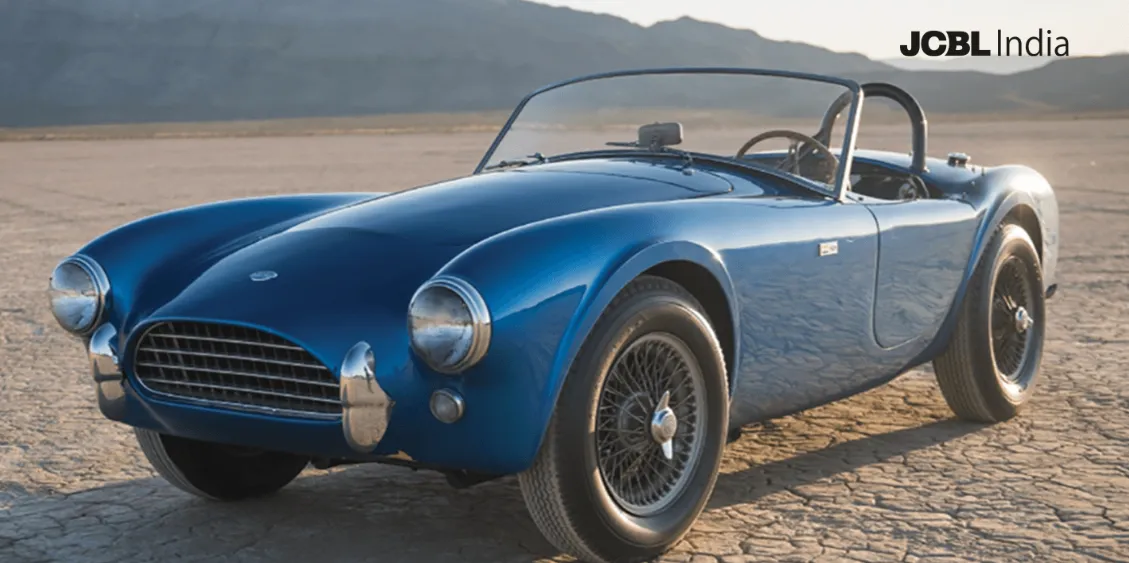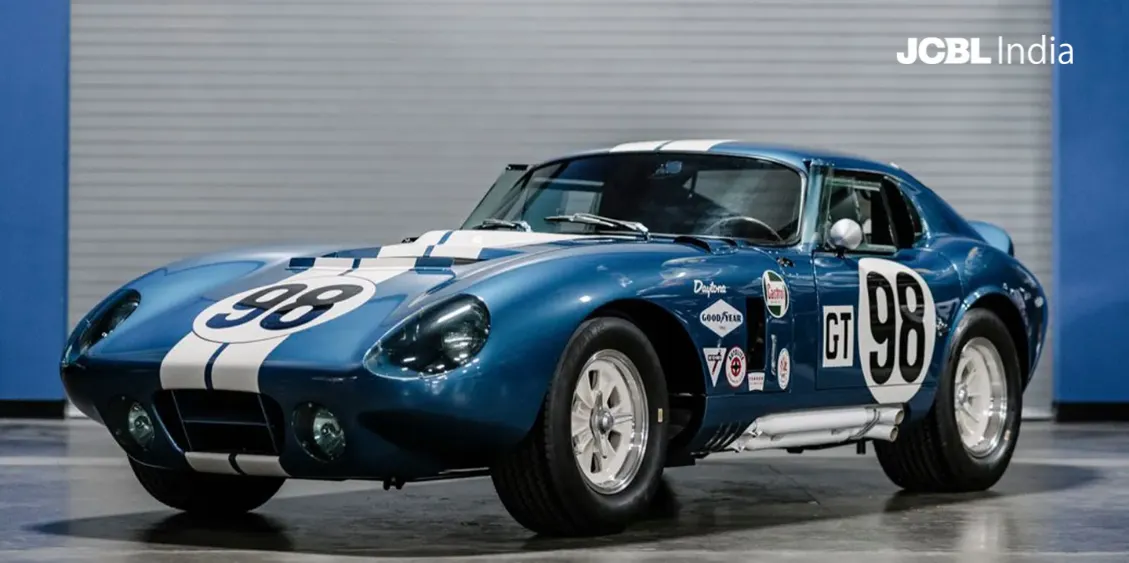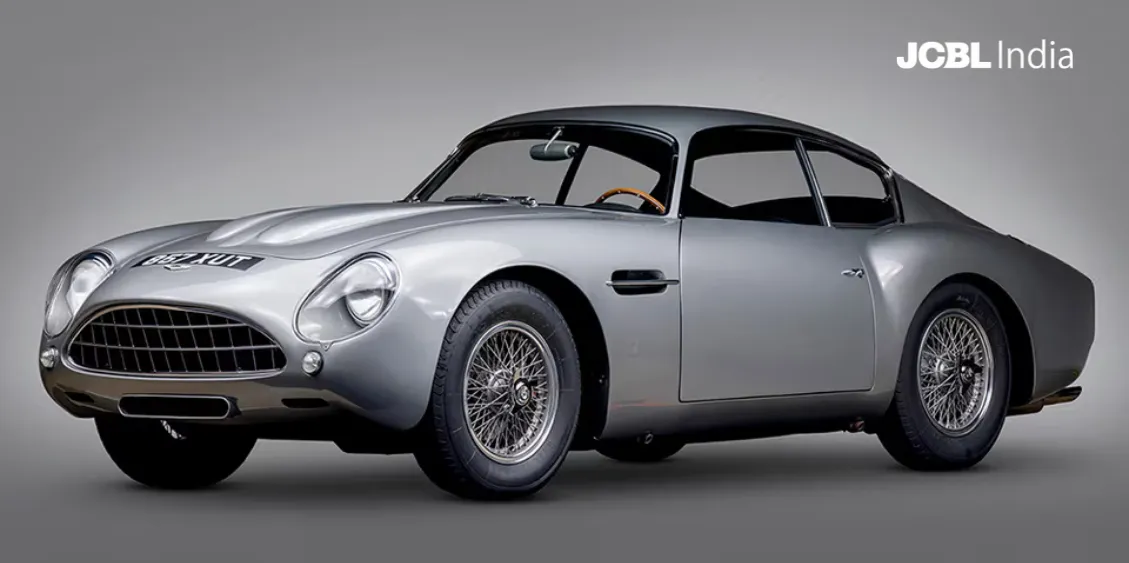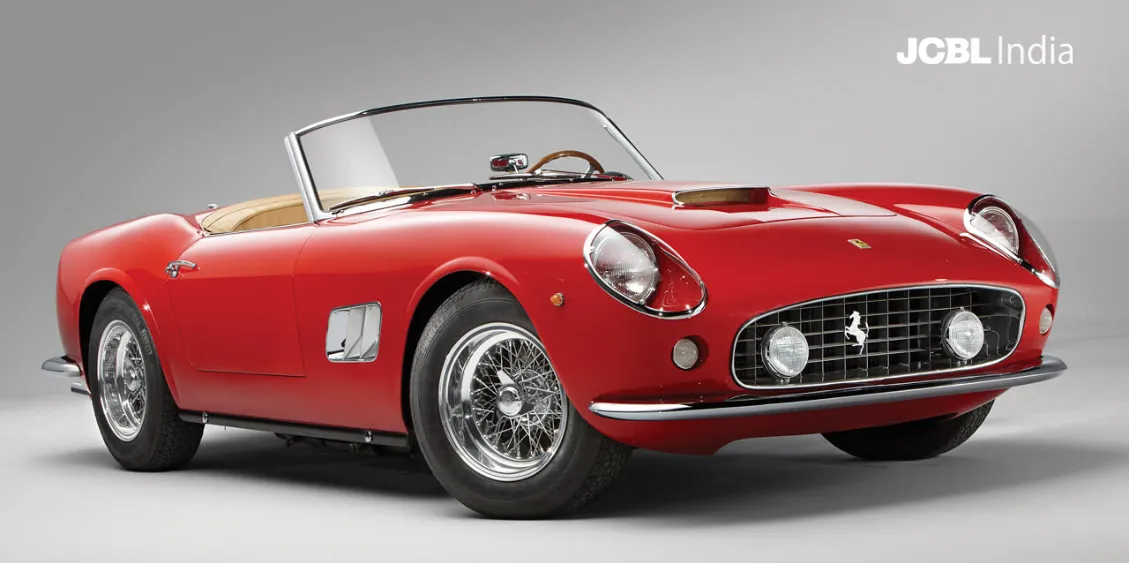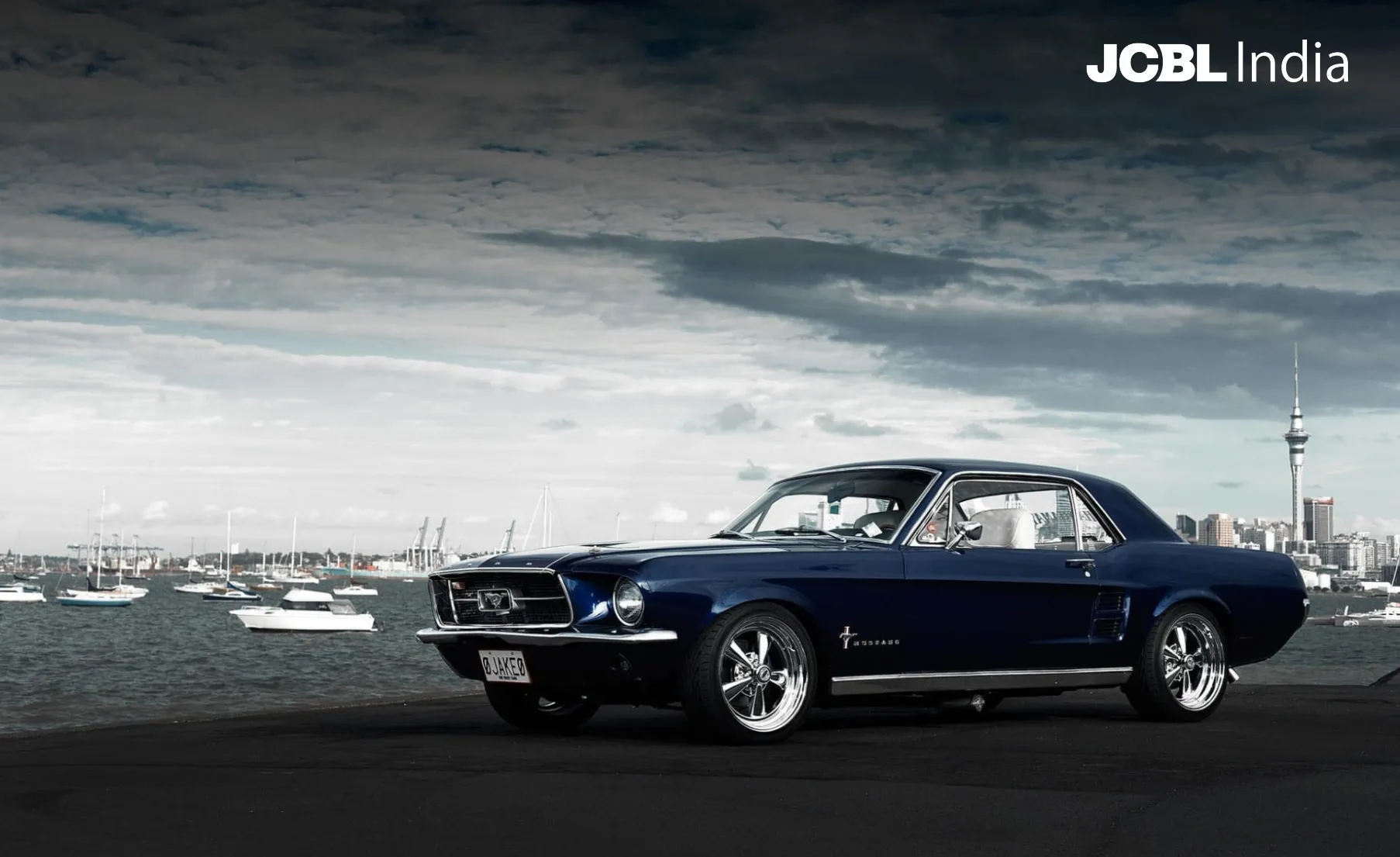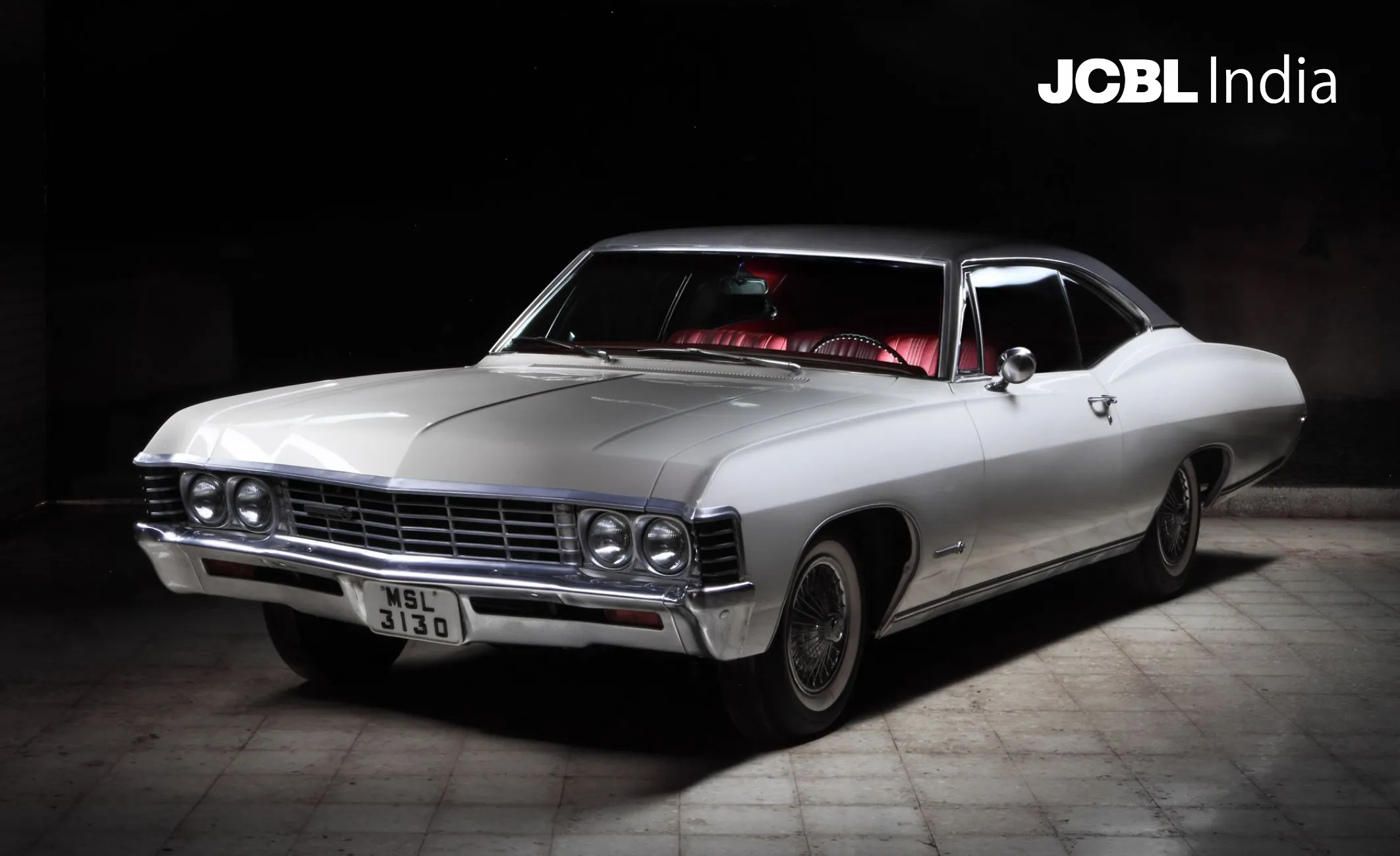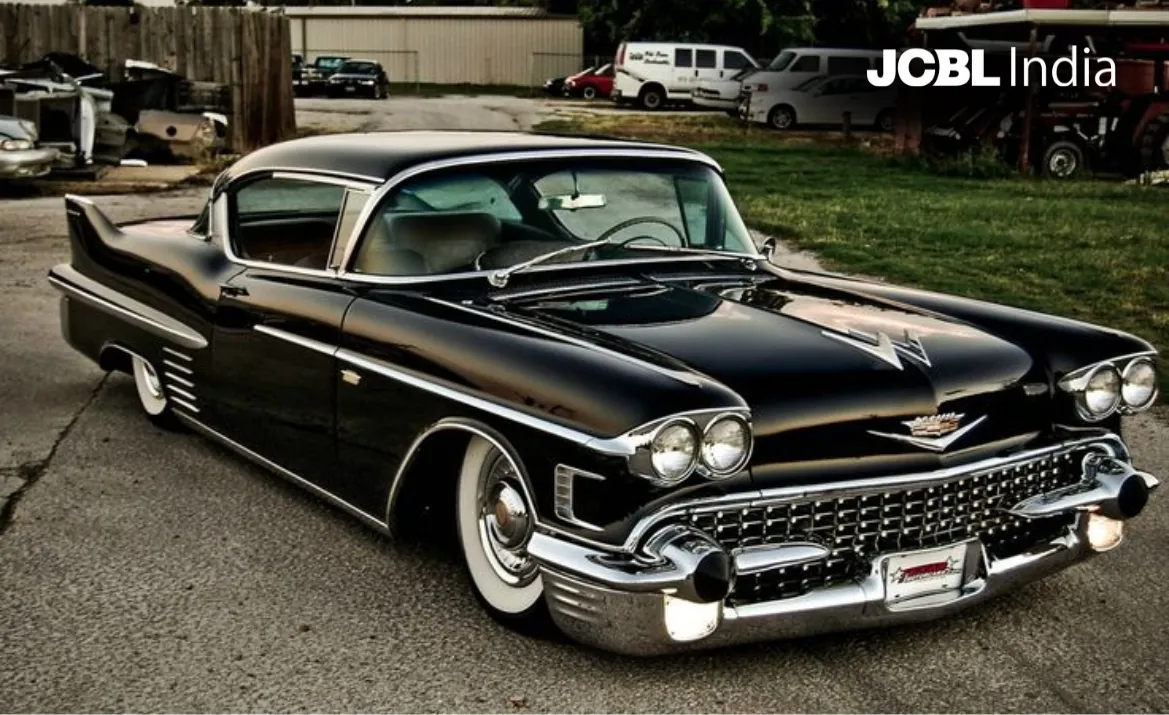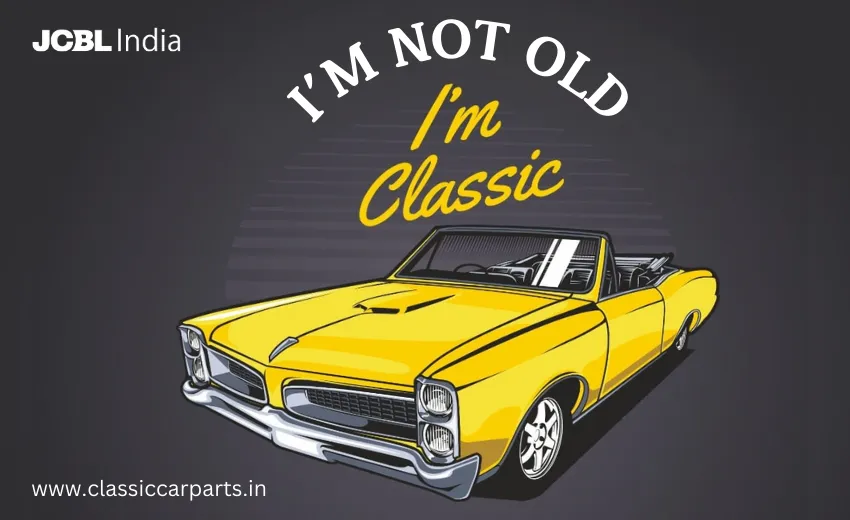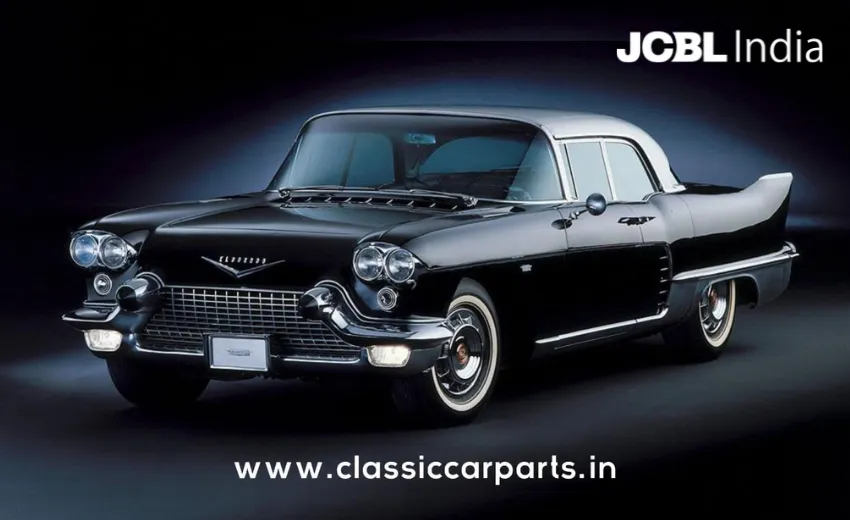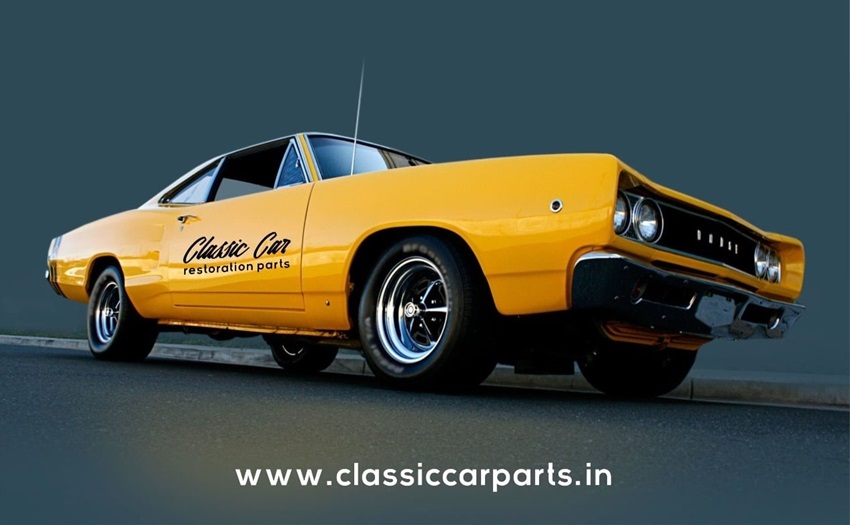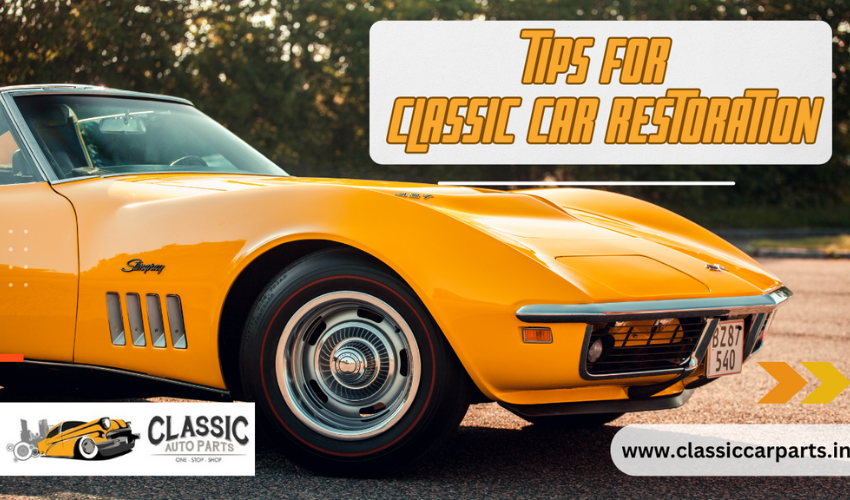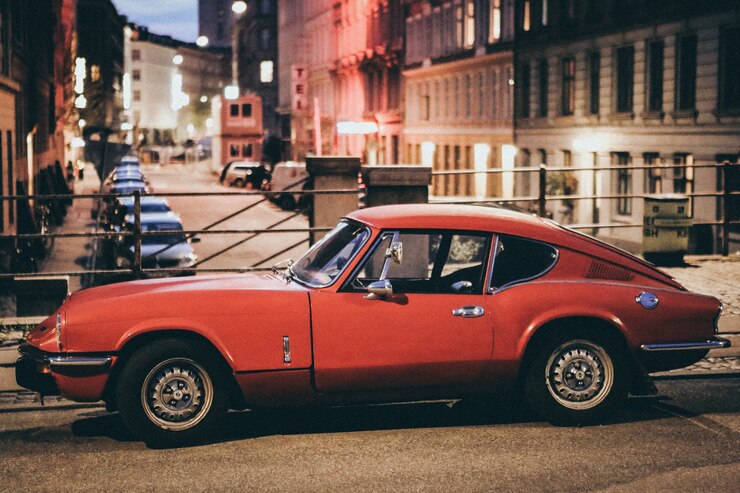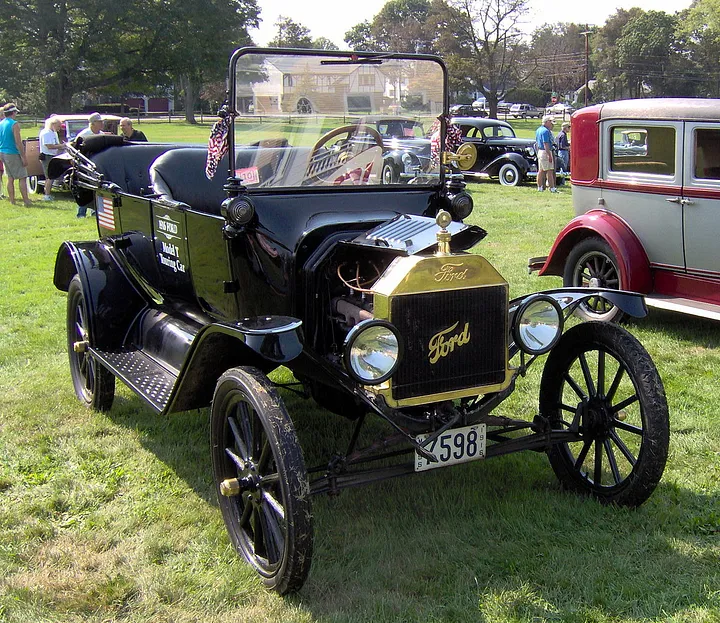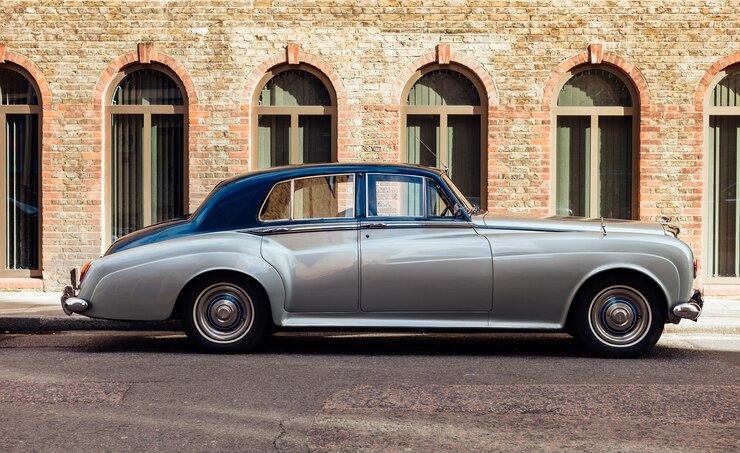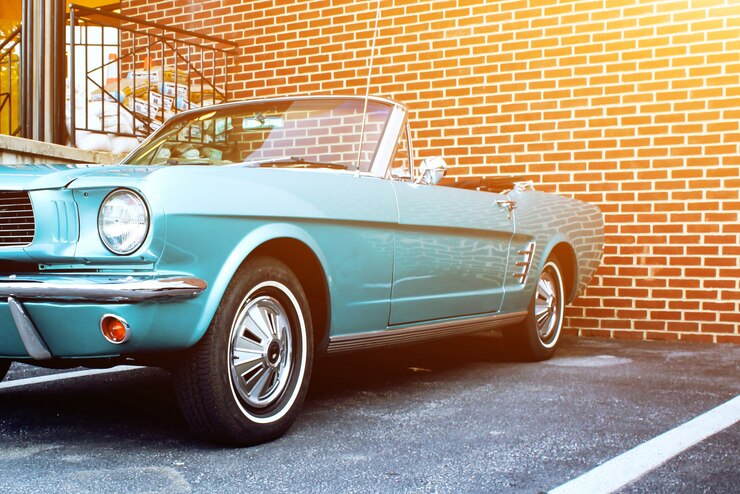Classic cars are always in style and appeal to all age groups. Chevrolet is one of the most respected brands in the world of vintage cars, with a rich history of more than a century. We explore the history, significance, restoration procedure, and other aspects of the complex world of Chevrolet’s historic automobile restoration in this book.
History of Chevrolet Classic Cars:
The fascinating story of Chevrolet classic automobiles begins in the early 20th century and is characterized by creativity, tenacity, and a dedication to quality. The Chevrolet Motor Car Company was founded in 1911 by William C. Durant, the father of General Motors, and Swiss race car driver Louis Chevrolet. Their goal was to design a car that would change the automotive industry by fusing performance, affordability, and style.
The 1960s and 1970s witnessed Chevrolet’s foray into muscle cars and sports cars, with legendary models such as the Camaro, Corvette, and Chevelle dominating racetracks and highways alike. These cars epitomized the spirit of American performance, offering exhilarating speed and sleek design.
Today, Chevrolet classic cars remain highly sought after by collectors and enthusiasts alike, cherished for their timeless design, engineering excellence, and cultural significance.
Why Restore a Chevrolet Classic Car?
Restoring a Chevrolet classic car is deeply rewarding and goes beyond mere mechanical refurbishment—it’s a journey of passion, nostalgia, and preservation of automotive history. There are several compelling reasons why enthusiasts choose to embark on the challenging yet fulfilling task of restoring these timeless machines.
There are several reasons why someone might choose to restore a classic Chevrolet:
Nostalgia and Heritage: Restoring a Chevrolet classic car allows enthusiasts to relive the magic of the past, capturing memories and preserving a piece of automotive history.
Cultural Significance: Chevrolet classic cars hold a special place in American culture, representing not only automotive innovation but also the spirit of their era.
Craftsmanship and Quality: Classic Chevrolets showcase exceptional craftsmanship and attention to detail, reflecting an era when automotive engineering was as much an art as a science.
Personal Connection: Restoring a Chevrolet classic car allows enthusiasts to forge a unique bond with their vehicle, whether it’s a family heirloom or a dream car admired from afar.
Investment and Appreciation: Beyond being a labour of love, restoring a Chevrolet classic car can be a wise investment, with well-maintained classics often appreciating over time.
Additionally, the restoration process provides valuable skills and knowledge for future projects.
Also Read: Why Classic Car Prices Are Always High?
What Parts Need Restoration in Chevrolet Classic Cars?
Restoring a Chevrolet classic car involves meticulous attention to detail, from the engine to the exterior finish. Common areas that require restoration include the bodywork, interior upholstery, engine components, electrical system, and suspension. Sourcing authentic parts is crucial to maintaining the vehicle’s authenticity and value.
1. Bodywork
Over time, Chevrolet classic cars may develop rust, corrosion, or damage to their body panels. Restoring the bodywork involves repairing or replacing damaged panels, straightening dents, and ensuring proper alignment for a smooth and flawless exterior finish.
2. Interior Upholstery
The interior of Chevrolet classic cars often requires restoration due to wear and tear, fading, or damage from years of use. This includes refurbishing seats, door panels, carpets, headliners, and other interior components to restore comfort, aesthetics, and authenticity.
3. Engine Components
The heart of any classic car restoration project is the engine. Restoring the engine involves disassembly, cleaning, machining, and replacing worn-out or damaged parts such as pistons, rings, bearings, gaskets, seals, and timing components. Rebuilding or reconditioning the engine ensures optimal performance, reliability, and longevity.
4. Electrical System
Classic Chevrolet vehicles may suffer from electrical issues due to aging wiring, faulty connections, or outdated components. Restoring the electrical system involves inspecting, repairing, or replacing wiring harnesses, switches, relays, fuses, and other electrical components to ensure the proper functioning of lights, gauges, accessories, and safety features.
5. Suspension and Steering
The suspension and steering components of Chevrolet classic cars play a crucial role in ride quality, handling, and safety. Restoring the suspension and steering system involves inspecting, repairing, or replacing components such as shocks, springs, bushings, control arms, tie rods, ball joints, and steering linkage to restore stability, responsiveness, and road manners.
6. Braking System
Reliable brakes are essential for the safety and performance of Chevrolet classic cars. Restoring the braking system involves inspecting, refurbishing, or replacing components such as brake pads, shoes, callipers, wheel cylinders, brake lines, hoses, master cylinder, and brake booster to ensure optimal stopping power and responsiveness.
7. Exterior Trim and Accessories
Restoring the exterior trim and accessories adds the finishing touches to a Chevrolet classic car. This includes refurbishing or replacing chrome trim, emblems, badges, grille inserts, bumpers, moldings, glass, and other exterior details to enhance the car’s appearance and authenticity.
8. Undercarriage and Frame
The undercarriage and frame of Chevrolet classic cars are susceptible to rust, corrosion, and structural damage. Restoring the undercarriage and frame involves cleaning, repairing, or replacing rusted or damaged components, reinforcing weak areas, and applying protective coatings to ensure structural integrity and longevity.
Chevrolet Classic Car Restoration Process:
The restoration process for a Chevrolet classic car typically follows a structured approach:
1. Assessment and Planning: Begin by thoroughly assessing the car’s condition to identify areas that require attention. Create a comprehensive restoration plan that outlines the scope of work, budget, and timeline. Take note of any original features or components that should be preserved to maintain authenticity.
2. Disassembly: Strip the car down to its bare components, carefully removing each part while documenting its condition and location. Label and organize all parts to facilitate reassembly later in the process. Take photographs or make notes to aid in the restoration process.
3. Repair and Replacement: Address any structural or mechanical issues identified during the assessment phase. Repair rust, corrosion, and damage to the bodywork using appropriate techniques and materials. Replace worn-out or damaged components with authentic or high-quality aftermarket parts to ensure reliability and authenticity.
4. Refinishing: Prepare the car’s bodywork for refinishing by sanding, priming, and applying paint or other finishes according to the original specifications or desired customization. Pay close attention to detail, ensuring a smooth and flawless finish that enhances the car’s appearance and durability.
5. Reassembly: Piece together the restored components, following the disassembly notes and photographs to ensure correct placement and alignment. Take care to install parts securely and properly, avoiding damage or misalignment during reassembly. Test fit components as needed to ensure proper functionality and appearance.
6. Testing and Fine-Tuning: Conduct thorough testing of all systems and components to identify any issues or discrepancies. Test the engine, electrical system, brakes, suspension, and other critical systems to ensure proper operation and performance. Make any necessary adjustments or fine-tuning to address issues and optimize performance.
7. Completion: Once satisfied with the restoration, finalize the finishing touches and prepare the car for display or driving. Clean and polish the exterior, detail the interior, and ensure all components are properly installed and functioning. Take pride in the completed restoration, knowing that you’ve brought a piece of automotive history back to life.
Conclusion:
In conclusion, restoring a Chevrolet classic car is a multifaceted journey that encompasses nostalgia, heritage, craftsmanship, and personal connection. Whether undertaken as a hobby, an investment, or a testament to automotive excellence, restoring these timeless machines is a testament to the enduring allure of Chevrolet classic cars and the passion of those who cherish them.
Moreover, the restoration of a Chevrolet classic car serves as a bridge between generations, preserving the heritage and cultural significance of these automotive treasures for years to come. It’s an opportunity to pass down not just a car, but a legacy—a legacy of craftsmanship, innovation, and the open road.
FAQ’s:
What are some common challenges faced during Chevrolet classic car restoration?
Restoring a Chevrolet classic car presents various challenges, including rust damage, parts availability, and maintaining authenticity. Patience, resourcefulness, and access to skilled professionals are essential to overcome these hurdles.
How long does it take to restore a Chevrolet classic car?
The restoration timeline depends on factors such as the car’s condition, the extent of work required, and the availability of parts. It can take anywhere from several months to several years to complete a thorough restoration.
Where can I find authentic Chevrolet parts for restoration projects?
Authentic Chevrolet parts can be found through specialized dealers, online marketplaces, salvage yards, and automotive restoration networks. It’s essential to verify the authenticity and quality of parts before purchasing.
What are some top Chevrolet Classic Cars?
Some of the top Chevrolet classic cars include the Chevrolet Bel Air, Camaro, Corvette, Impala, Chevelle, and Nova, among others. These models are celebrated for their design, performance, and cultural significance.
How Much Cost of Restoration of a Chevrolet Classic Car:
The cost of restoring a Chevrolet classic car varies widely depending on factors such as the car’s condition, the extent of restoration required, and the availability of parts and labor. Budgeting accordingly and prioritizing investments based on the car’s value and significance is crucial.

